Optimal Conditions for Concrete Installation

Ways to make Concrete Installations work in tight or awkward layouts.
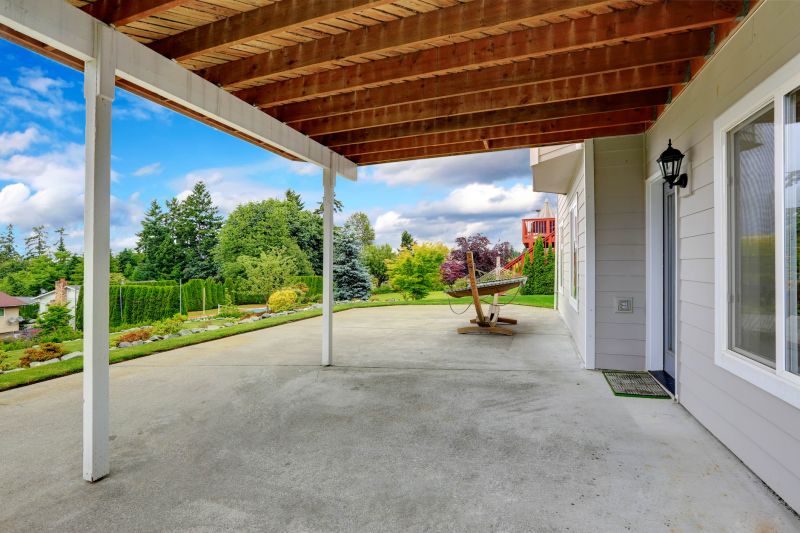
Popular materials for Concrete Installations and why they hold up over time.
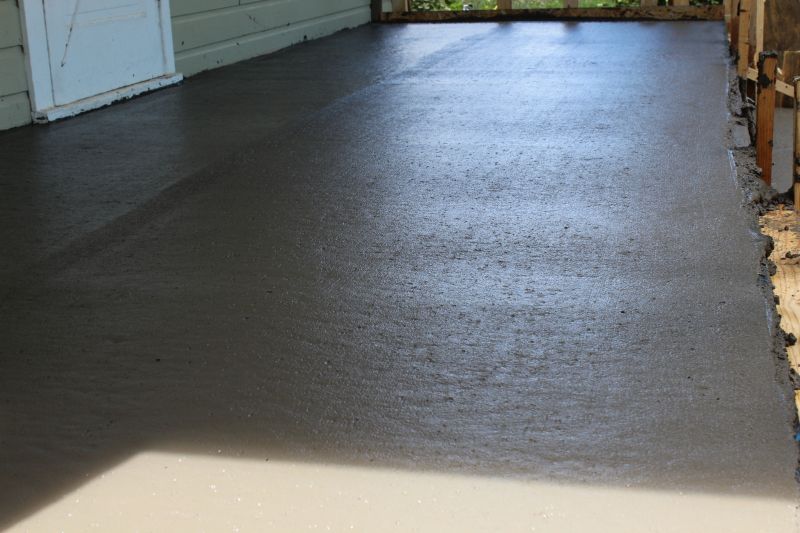
Simple add-ons that improve Concrete Installations without blowing the budget.
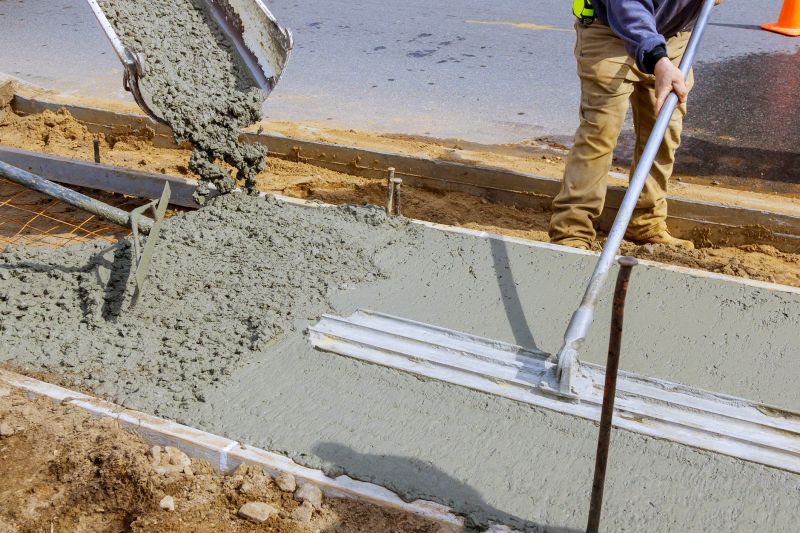
High-end options that actually feel worth it for Concrete Installations.
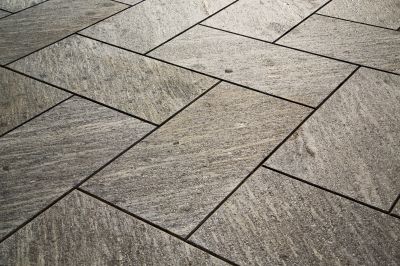
Finishes and colors that play nicely with Concrete Installations.
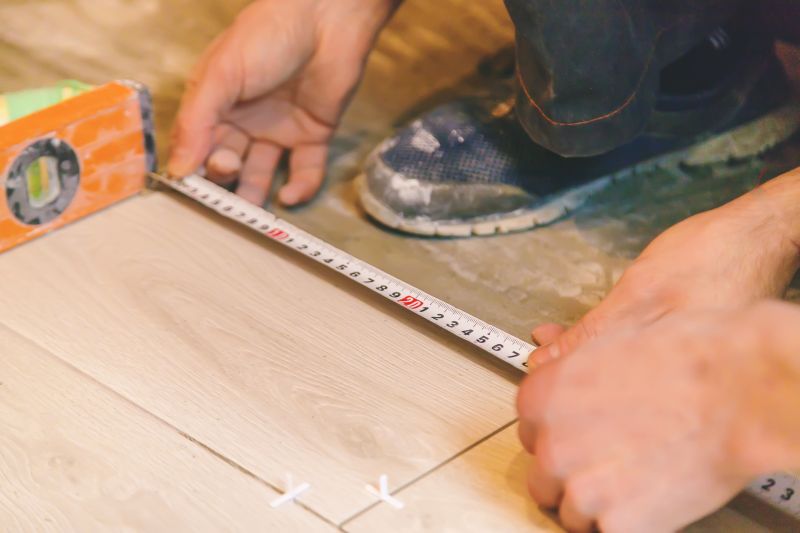
Little measurements that prevent headaches on Concrete Installations day.
Concrete installations are most effectively completed during periods of moderate weather. Temperature, humidity, and rainfall significantly influence the curing process and the final strength of the concrete. Optimal conditions typically occur in spring and fall when temperatures are between 50°F and 75°F, reducing the risk of cracking or improper setting.
Extreme heat or cold can hinder the curing process, leading to potential structural issues. In hot weather, rapid evaporation can cause surface cracking, while freezing temperatures can prevent proper curing altogether. Planning concrete projects during favorable weather conditions ensures durability and longevity of the installation.
Ideal temperatures for concrete placement are between 50°F and 75°F. Extreme temperatures require special curing techniques.
Heavy rain can delay work and affect concrete quality. Proper scheduling avoids weather-related issues.
Moderate humidity supports proper curing. High humidity can slow drying, while low humidity increases cracking risk.
Scheduling during stable weather minimizes delays and ensures high-quality results.
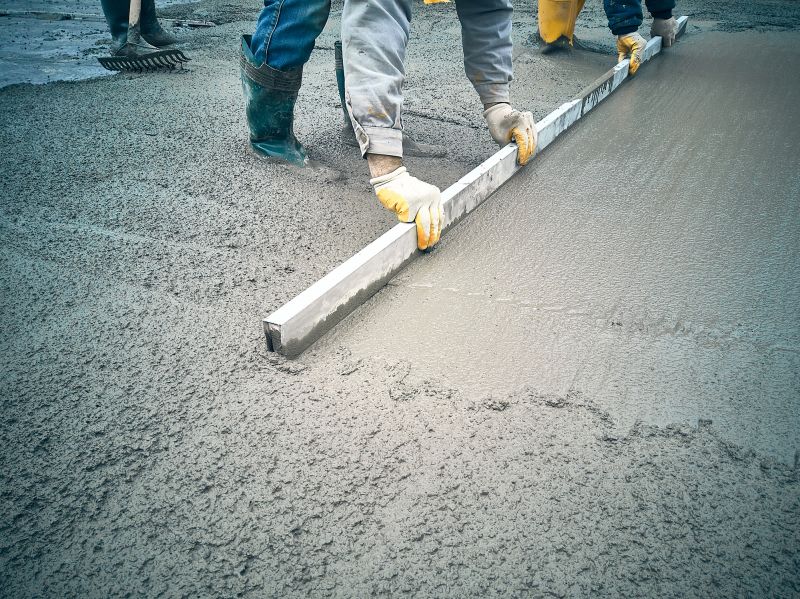
A 60-second routine that keeps Concrete Installations looking new.
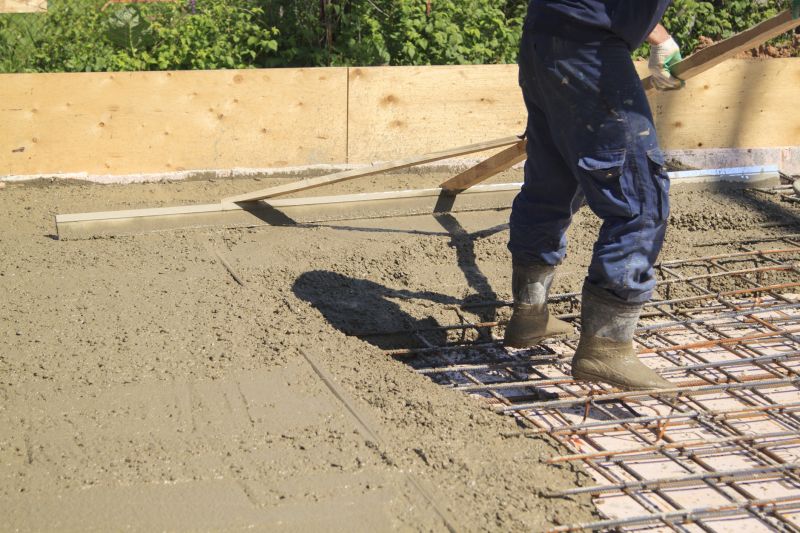
A frequent mistake in Concrete Installations and how to dodge it.
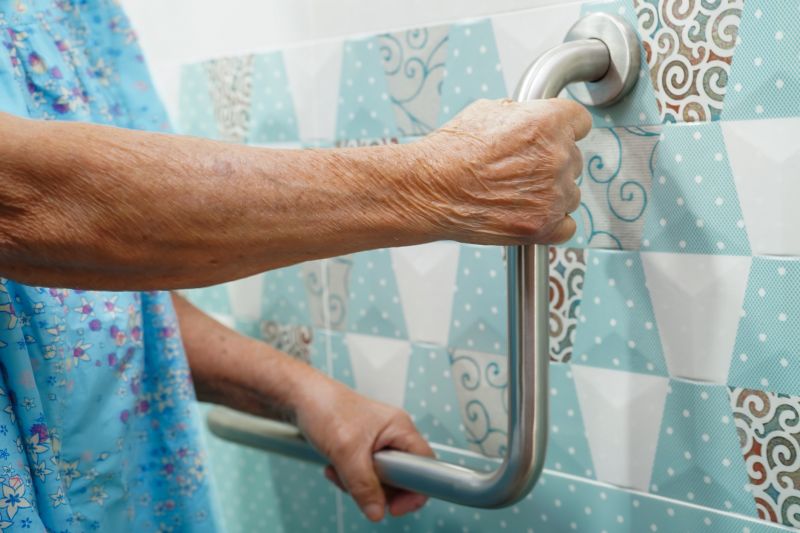
Small tweaks to make Concrete Installations safer and easier to use.
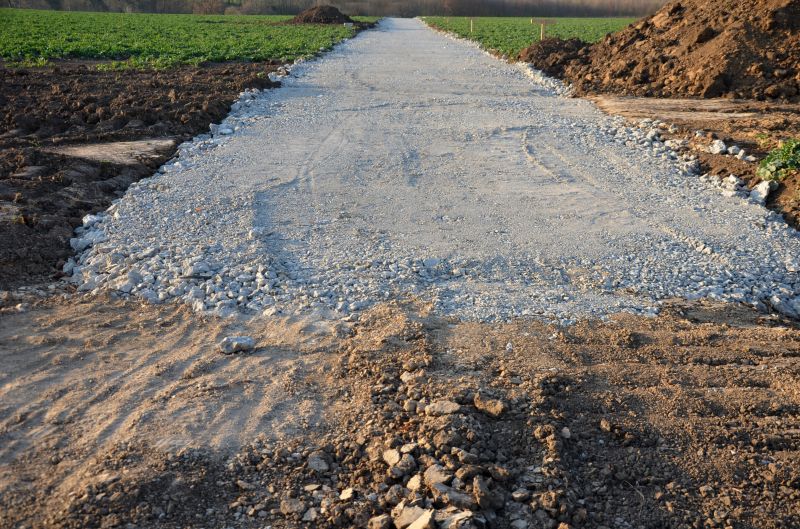
Lower-waste or water-saving choices for Concrete Installations.
| Season | Optimal Conditions |
|---|---|
| Spring | Temperatures between 50°F and 75°F, moderate rainfall |
| Summer | Early morning or late evening work recommended, avoid peak heat |
| Fall | Stable weather, moderate temperatures, less rainfall |
| Winter | Requires special precautions, avoid freezing temperatures |
| Year-round | Dependent on local climate and weather forecasts |
Understanding the best timing for concrete installations can significantly impact the durability and appearance of the finished project. Proper planning around seasonal weather patterns ensures concrete sets correctly and maintains structural integrity over time. Consulting with local weather forecasts and scheduling during favorable periods can lead to optimal results.
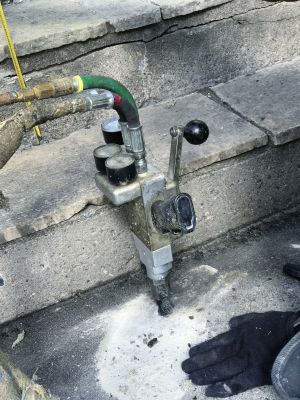
The short, realistic tool list for quality Concrete Installations.

Rough timing from prep to clean-up for Concrete Installations.

Quick checks and paperwork to keep after Concrete Installations.

Examples that show the impact a good Concrete Installations can make.
For those considering concrete installation, it is advisable to plan projects during months with predictable weather patterns. Proper preparation and timing contribute to the longevity and performance of the concrete structure. Interested parties are encouraged to contact for further guidance or to schedule an assessment.
